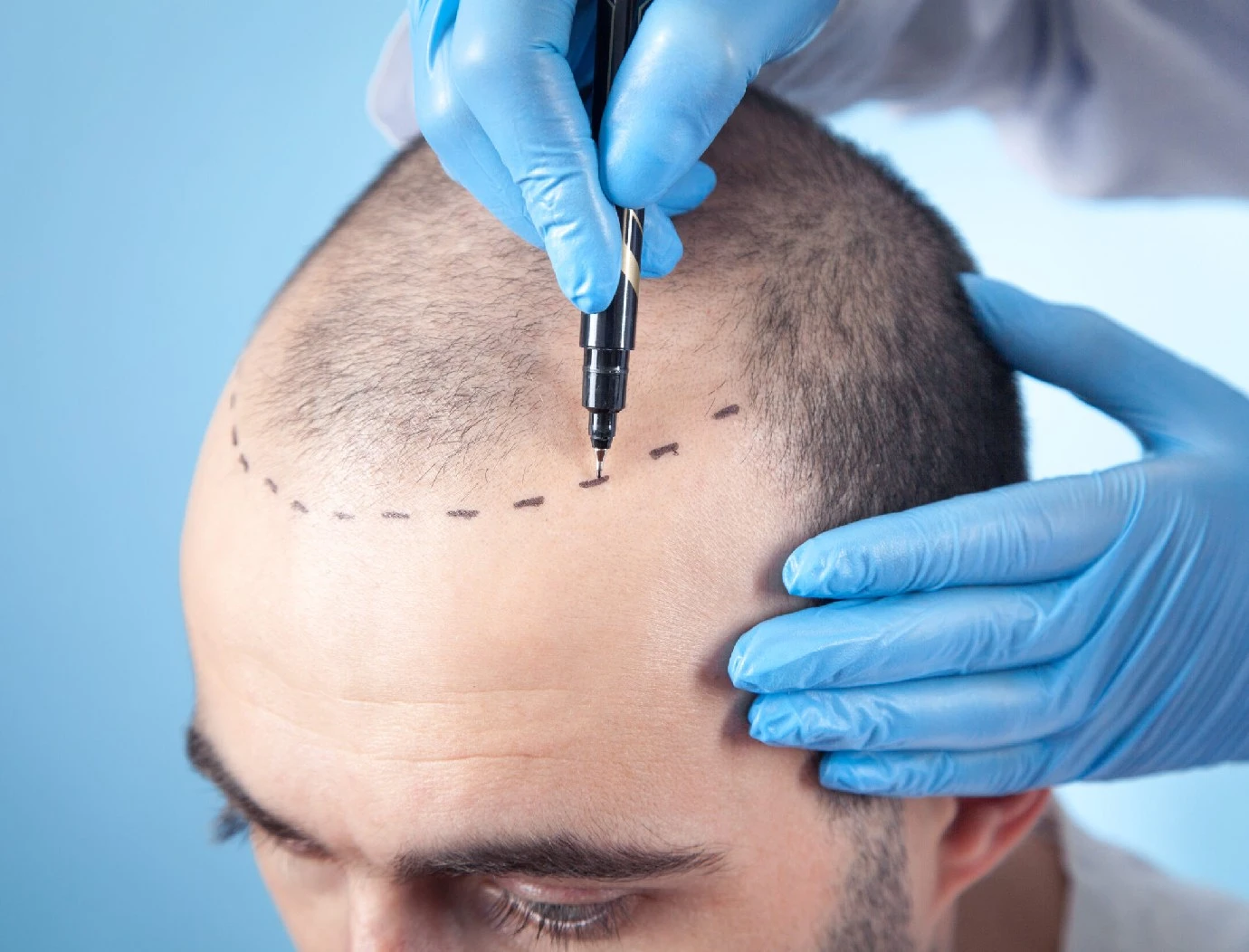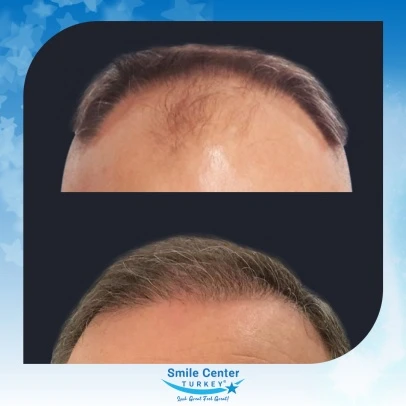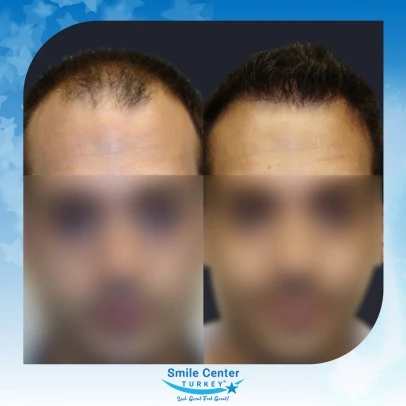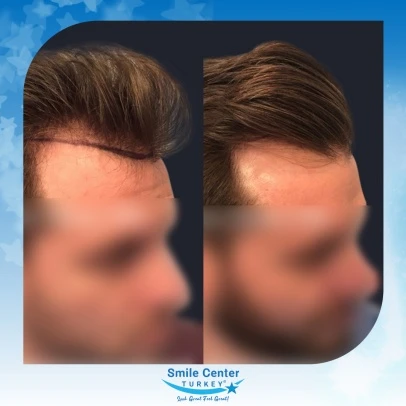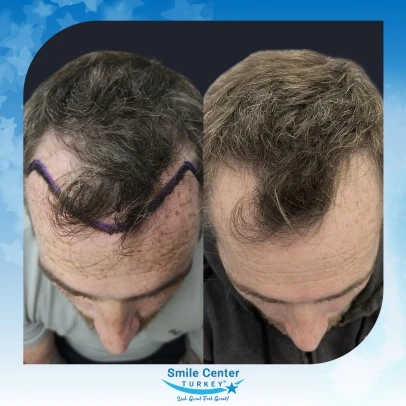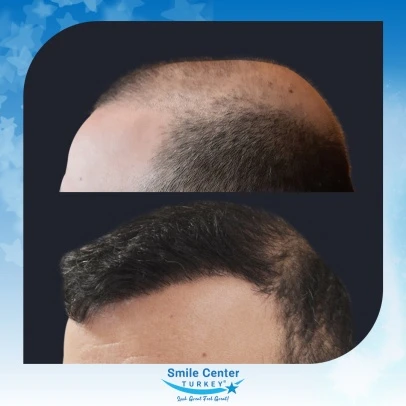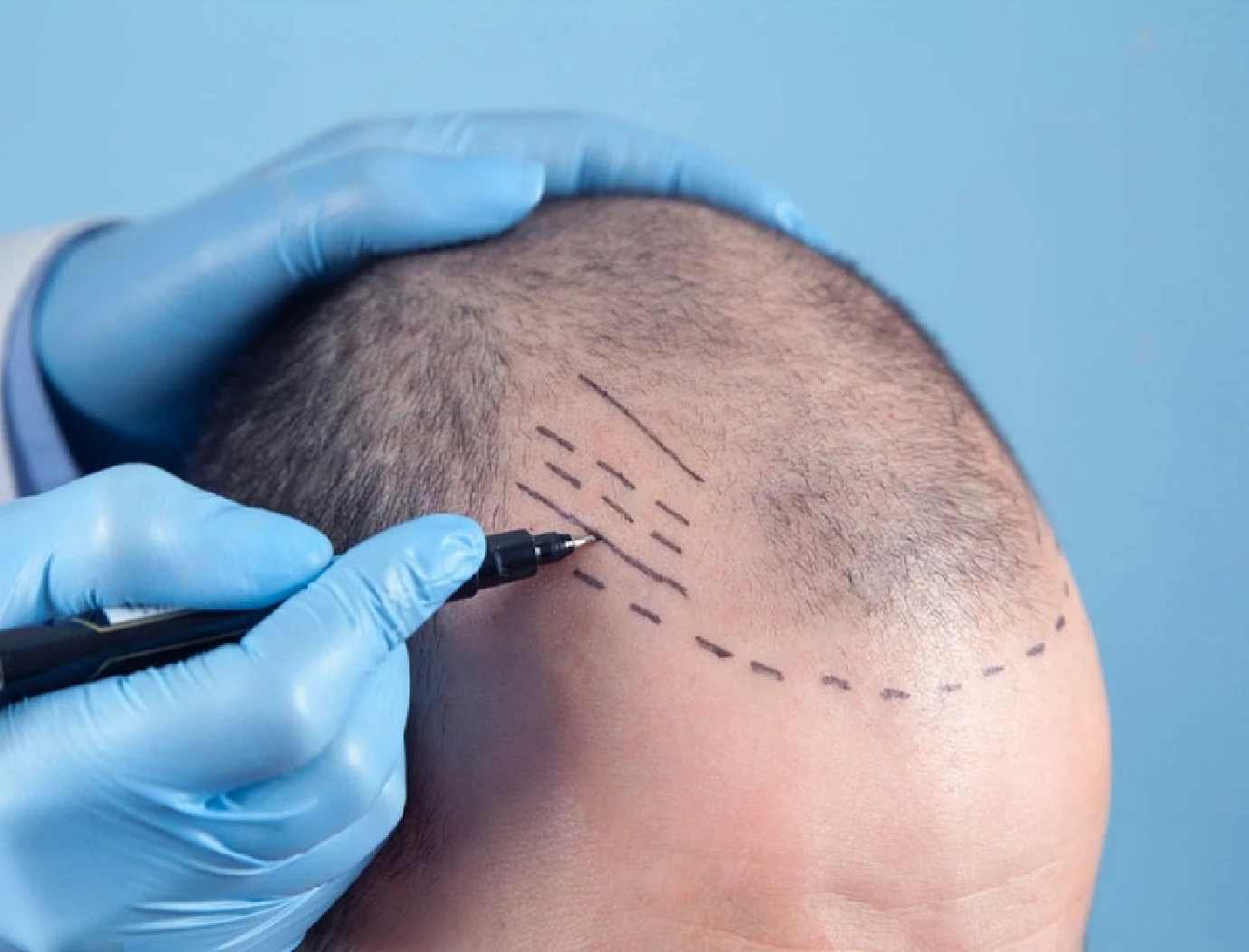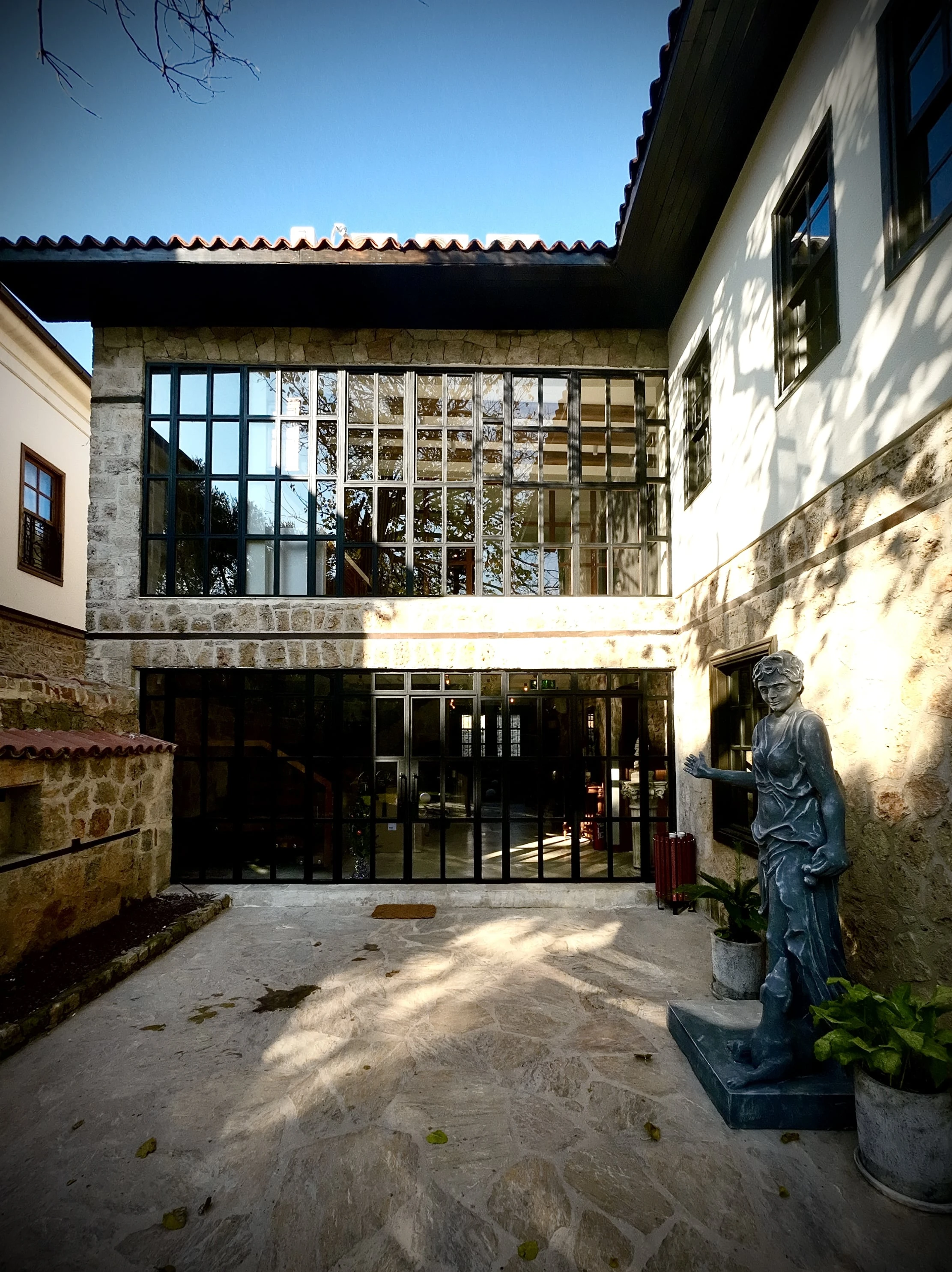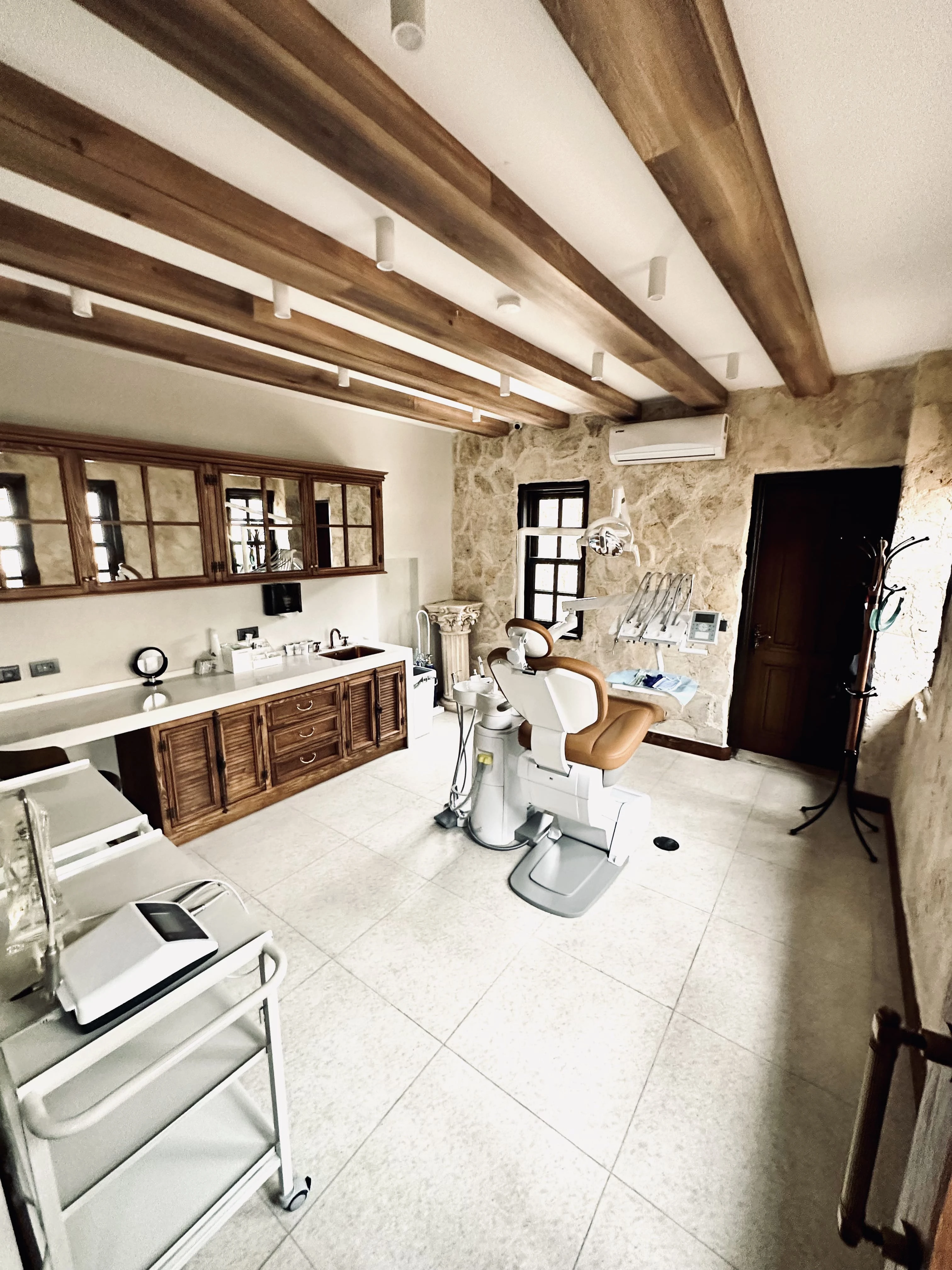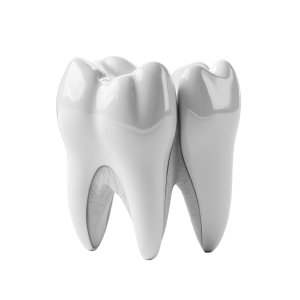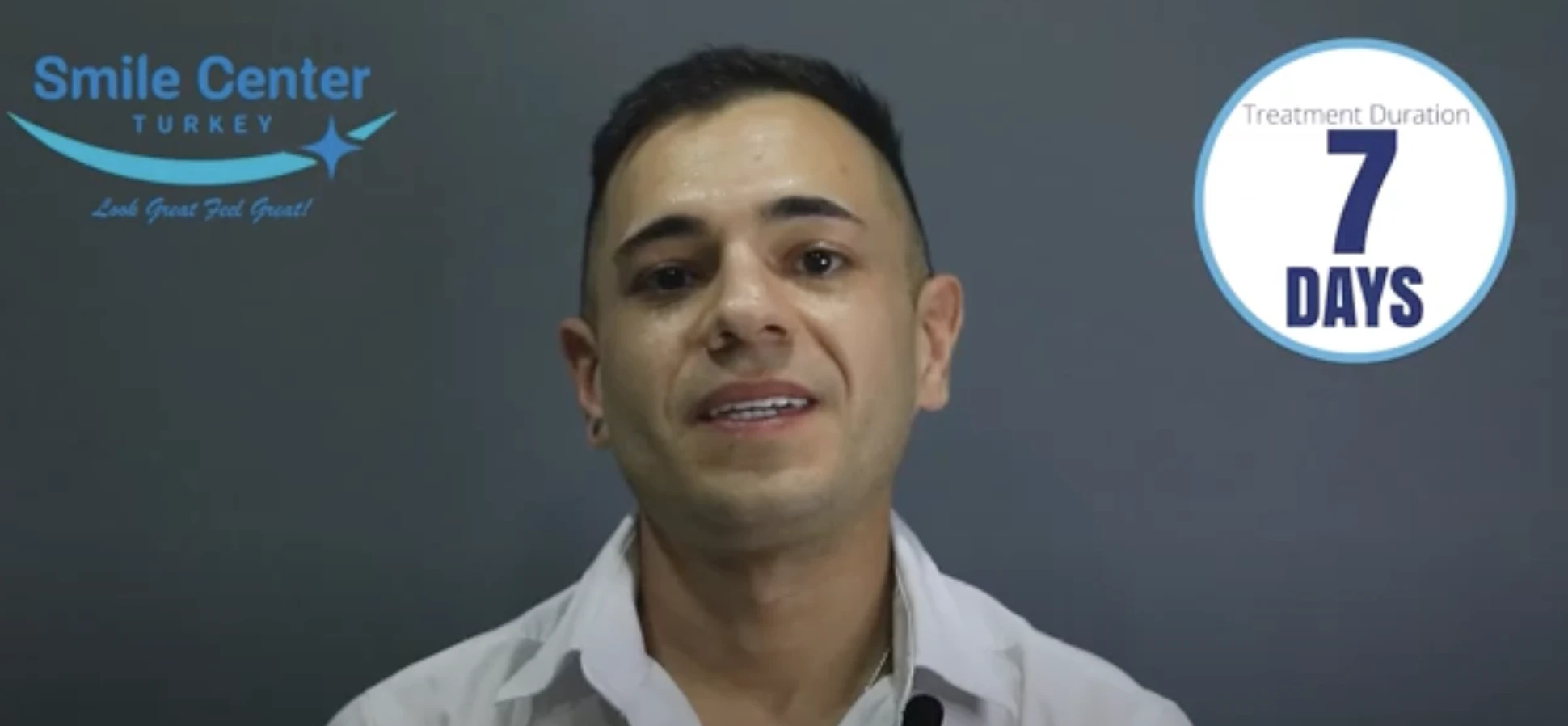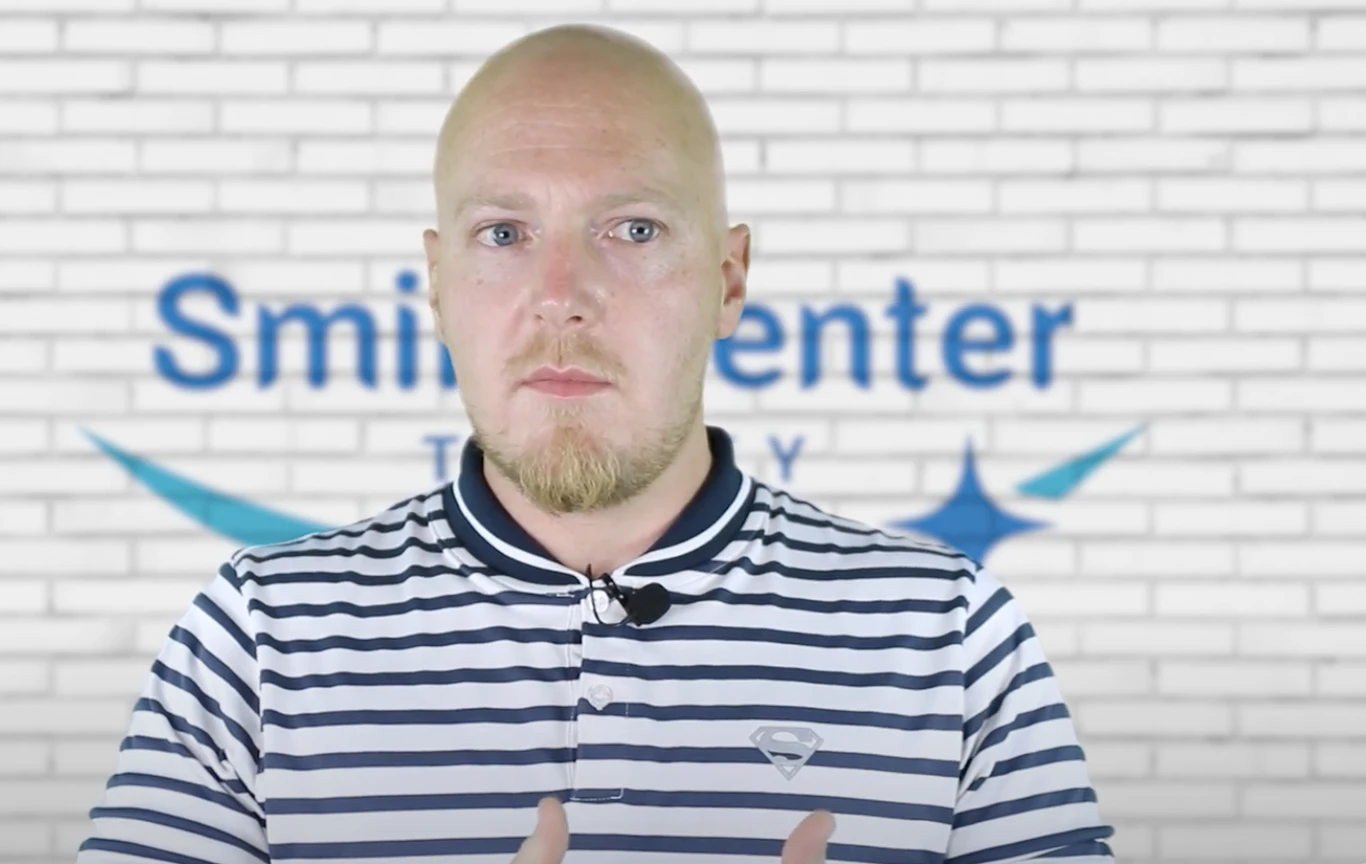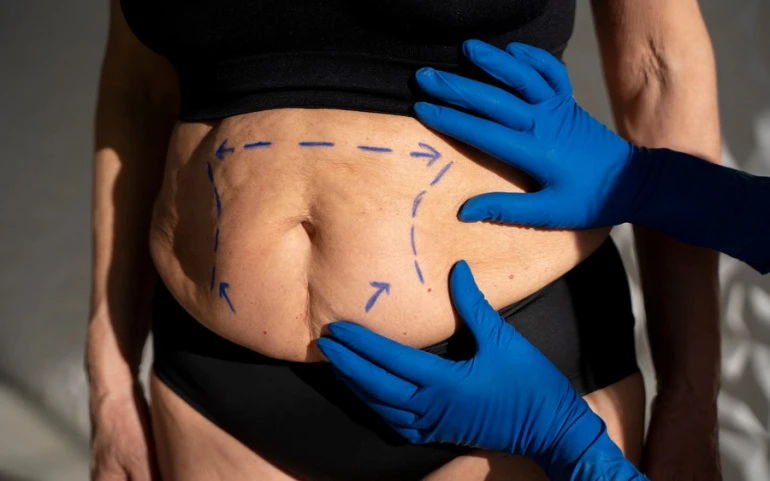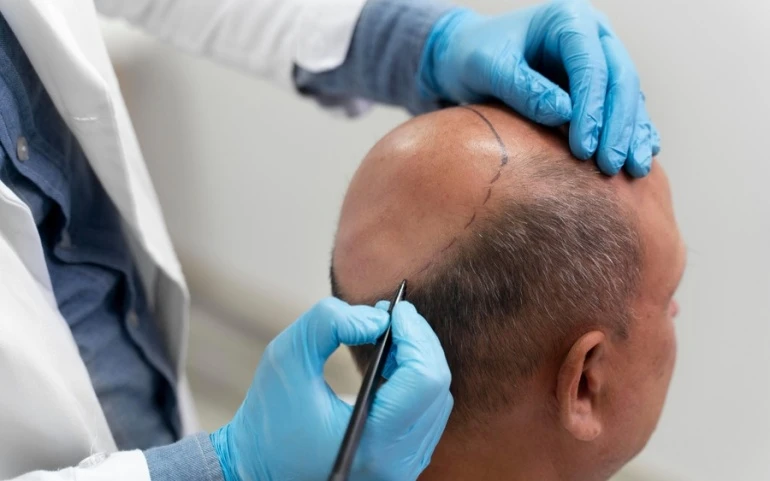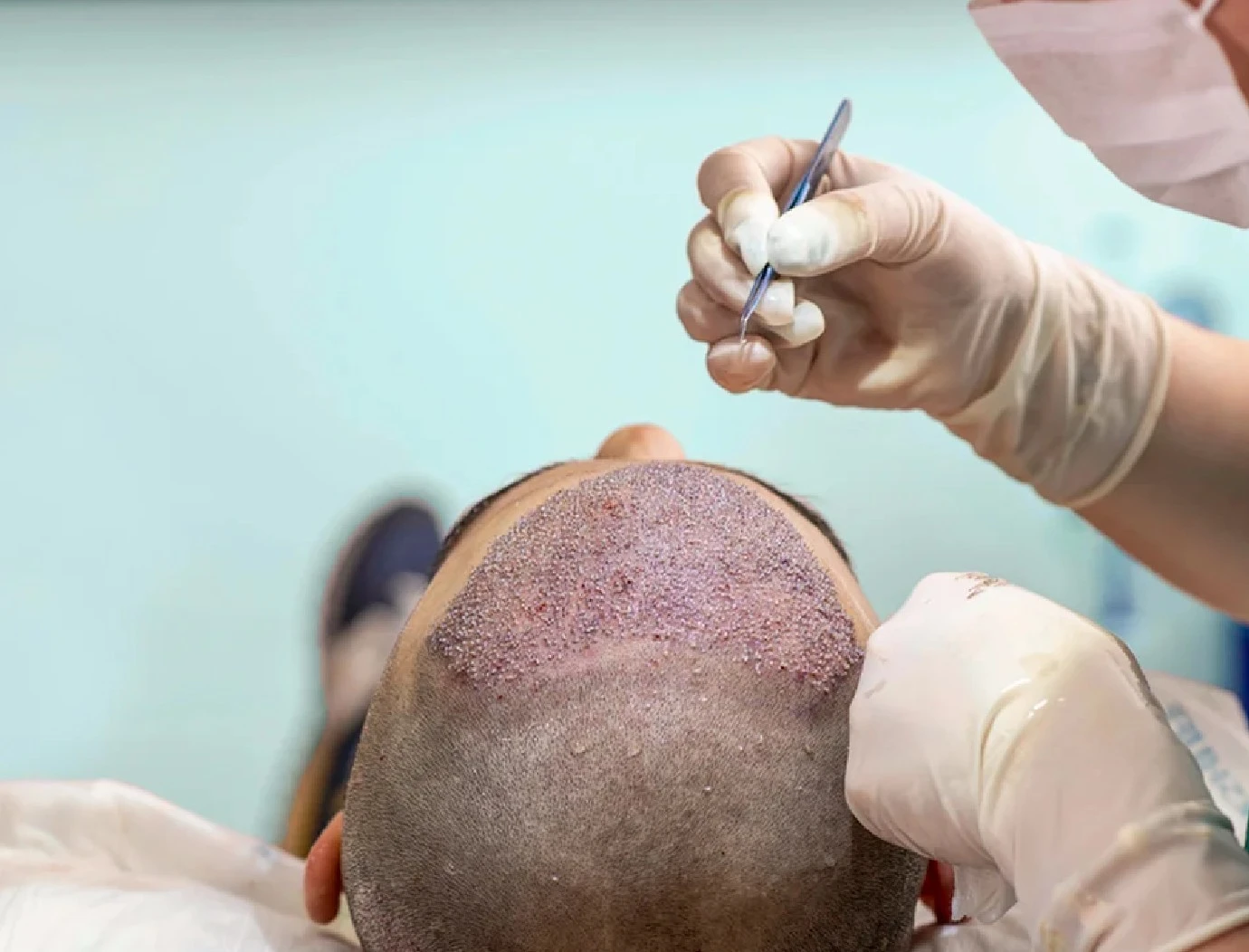Common Post-procedure Reactions
After your hair transplant surgery, you might experience some pain, especially in the donor area and where hairs have been implanted. This discomfort is often described as a graze-like pain but is usually not severe. In the initial days, especially on the evening and the day following the surgery, you may feel pain. Similarly, DHI Hair Transplant Turkey can also cause temporary discomfort in the donor and implantation areas. However, the pain is generally mild and can be managed with prescribed medication, and it typically subsides after a few days.
It's normal to experience some swelling, typically in the forehead, which can last for 2-6 days. In rare cases, the swelling may involve the eyelid, causing a delay in returning to work.
Bleeding can occur immediately after the transplant, especially at the back of the head where hair follicles were extracted. Itching is a common side effect, usually starting a few days after the surgery, affecting the donor and graft areas. It's crucial not to scratch, as it can harm the new follicles.
Crusts, appearing as scabs, may develop in both the donor and implanted areas due to dried blood and fluids. It's important not to pick at these crusts to avoid damaging the transplanted grafts. Overall, these side effects are temporary and part of the healing process after a hair transplant surgery.


